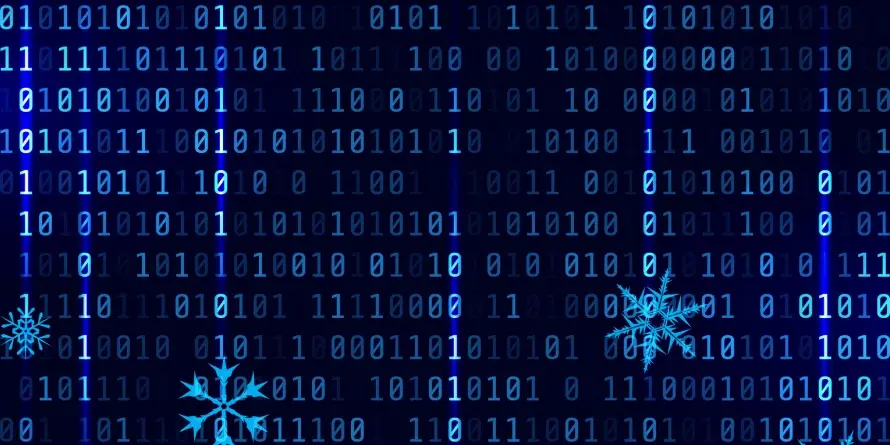
The Importance of Data Cleaning in Data Science
In the world of Data Science, there is a stage in the data lifecycle that is as crucial as it is laborious - Data Cleaning. It is often said that data scientists spend about 80% of their time preparing data, and a significant part of this is cleaning it. But why is data cleaning so important, and what does it entail? Let us delve into this critical subject.
What is Data Cleaning?
Data Cleaning, sometimes referred to as data cleansing or data scrubbing, is the process of detecting and correcting (or removing) corrupt or inaccurate records from a dataset. This step involves identifying incomplete, incorrect, inaccurate, irrelevant parts of the data and then replacing, modifying, or deleting this dirty data.
Why is Data Cleaning important?
1. The Foundation of Reliable Analysis
Without a solid foundation of clean data, any analysis is on shaky ground. Data Cleaning ensures that datasets are accurate, consistent, and usable, making it a cornerstone of reliable data analysis and decision-making.
2. Improves Accuracy of Insights
Data Cleaning enhances the accuracy of the models in data science. Inaccurate data can lead to false conclusions, and in the context of machine learning, "garbage in" will definitely lead to "garbage out." Clean data, by contrast, contributes to developing models that are more predictive and descriptive of the reality they seek to represent.
3. Saves Costs
Incorrect data can lead to costly mistakes in business decisions. By investing time and resources in data cleaning, organizations can avoid these mistakes and make more cost-effective decisions.
4. Enhances Productivity
When data is clean, data scientists and analysts can move more quickly to the stages of data exploration and model building. They can spend their time on high-value tasks like analysis and interpretation rather than correcting errors.
The Data Cleaning Process
Data Cleaning involves several steps and techniques, and while the process can vary depending on the project, it typically includes:
1. Removing Duplicates: Duplicate data can lead to skewed analysis and is often the first to go in the cleaning process.
2. Fixing Structural Errors: These are mistakes in the data of an organization, like inconsistencies in naming conventions or mislabeled classes.
3. Handling Missing Data: Whether to impute, remove, or flag missing data depends on the nature of the data and the intended analysis.
4. Filtering Outliers: Outliers can be the result of data entry errors, or they could be legitimate but extreme values. Handling them appropriately is essential.
5. Validating Accuracy: Ensuring that the data matches known values or can be confirmed through another source.
Real-World Example
Imagine you are a healthcare provider analyzing patient data to predict health outcomes. If the dataset contains incorrect patient details, treatment histories, or medication records, predictions about patient outcomes could be wrong. This could lead to ineffective treatments or worse, harm to patients. Clean data in this context is not just beneficial—it is critical.
Conclusion
Data Cleaning is perhaps less glamorous than building complex models or unveiling compelling insights. However, its importance cannot be overstressed. It is a fundamental part of the data science process, ensuring that the analyses performed are based on accurate and relevant information. In the pursuit of data-driven decision-making, clean data is the key to unlocking reliable and actionable insights.
Therefore, if you are starting in data science or are already a professional in the field, always remember the mantra: clean data is the lifeline of credible analytics. With clean data, you ensure that the insights and decisions based on your analysis are trusted and valued.